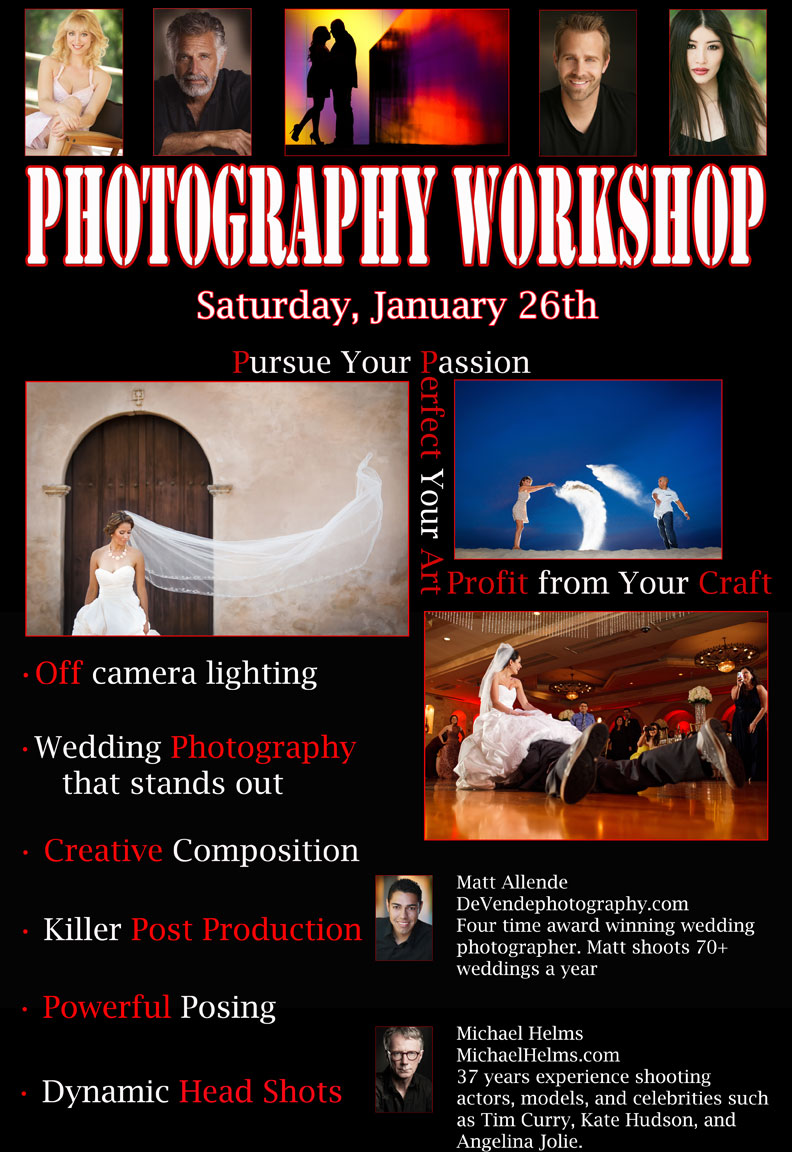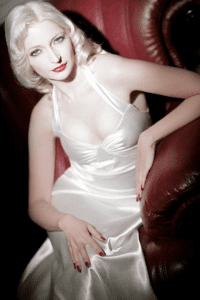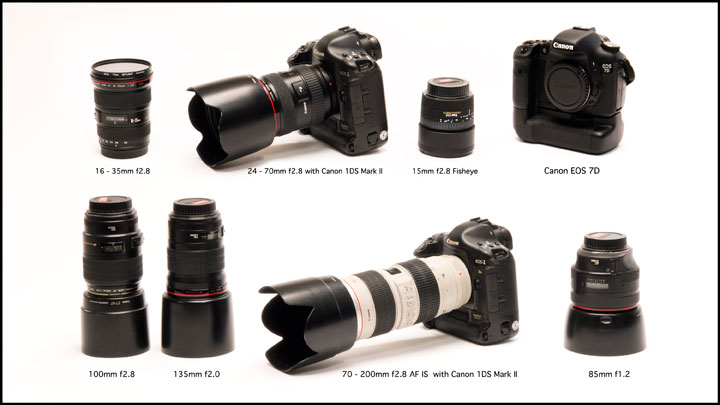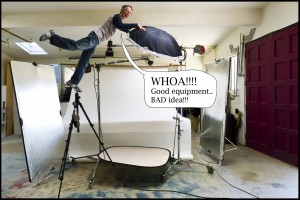About … Depth of Focus
One thing we ALL hear when chatting with friends is,”Look at this – this is a great shot!” Inevitably, it is a cell phone photo of a friend of theirs and is a record of some sort of special moment. When people show me images on their cell phones and say,”Isn’t this great!”, I understand and acknowledge how special the photo is to them. However, if it is someone who is making the same statement about an image they’ve been hired to shoot and ask my opinion…the answer might be different.
Camera phones photos are now an integral part of our every day life. While the cameras in cell phones are good for many things, they are not currently capable of taking high quality and high resolution images. They also lack depth of focus control which is an important aspect of professional photographs. There are physical limitations to lens and chip size that make cell phones unable to compete with high end digital cameras with interchangeable lenses.
The most common use of a cell phone camera is, of course, selfies. No matter where we go, there are people taking selfies in front of this or that, selfies with a friend, or selfies of a new hat or new makeup. Every night out on the town adds more camera phone images and records of fun or embarrassing moments. The thing that people don’t notice or care about is how distorted, color incorrect, and low resolution these images are. This is because they are more interested in the “feeling” and memory of those moments rather than the technical issues. In addition, the images are mostly shared on social media and rarely made into prints and even if an image does go to print, the sizes are usually small.
The market for professional photography has been drastically reduced because cell phone photos are often deemed “good enough” and in some cases this is true, but there are instances where only a professional photo will be acceptable.
If someone buys you flowers and you take a photo of the beautiful bouquet, that’s “good enough”, but if you are a florist and need a shot of an arrangement you have created, a professional photo should be taken. Here is an example of the same photo taken with a professional camera and a cell phone.
It is obvious the flower is in focus in both shots but the background is drastically different. The “depth of focus” (sometimes referred to as “depth of field”) control is much greater with the pro camera and lens. Even though the cell phone was an iPhone X set on “portrait” mode to try and get the DOF reduced, there is still way too much in focus to make the shot pleasing.




A side note at this juncture… if you are reading this and think the cell phone photo of the flower is better “because it’s sharper”, please stop reading and delete me from your notifications because I might also write a blog about “Bud” being sewer water NOT beer.
Depth of focus control becomes VERY important when people are involved. How many times have you seen an otherwise wonderful image messed up because of some yahoo in the background? A basic rule of photography is to isolate your subject to control where the viewer looks. When someone looks at a photograph you have taken, it is important that they are drawn to what you thought was important in the photo NOT what is in the background. If nothing else, photos with everything in focus are simply too “busy” and cluttered.
Hiring a professional photographer to shoot a family portrait is getting more rare because people see cell phone photos as “good enough” and “more real” and certainly less expensive. While these points are well taken, it should be noted that there are tradeoffs. Lens distortion, depth of focus, and often color issues are addressed only by professional equipment and in the hands of a professional photographer.
Here is an example of a shot of my son taken in the exact same spot in our yard. Taken with a cell phone, everything is in focus and the shot is cluttered and busy. Taken with my professional camera and lens, I can control the depth of focus and isolate him against a soft pretty focus controlled background. The difference in the two images is more than just depth of focus, there is a more intimate “feel” to the pro lens shot because the photo is ALL about him. There are no trees, flags, grass, gates, or sidewalks to distract from our view of just him. In addition, in the cell photo, his head is disproportionally large due to the distortion from the lens. This is a result of the lens being a “wide angle” instead of a “telephoto” lens a professional photographer would use. I’ll address this issue in another blog but for now, Depth of Focus, is the challenge.
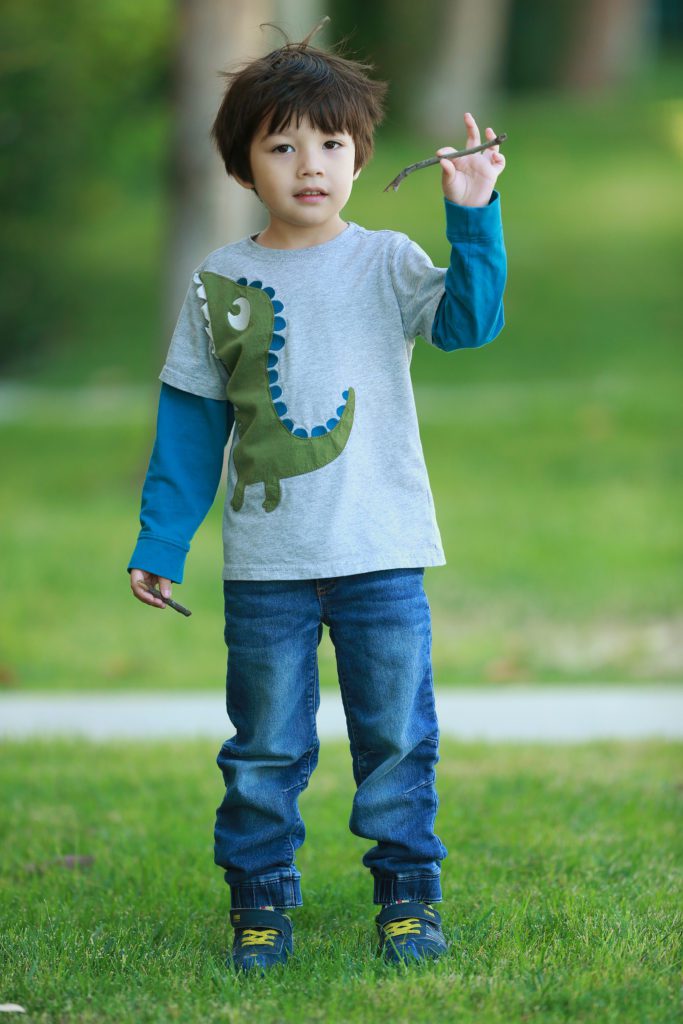
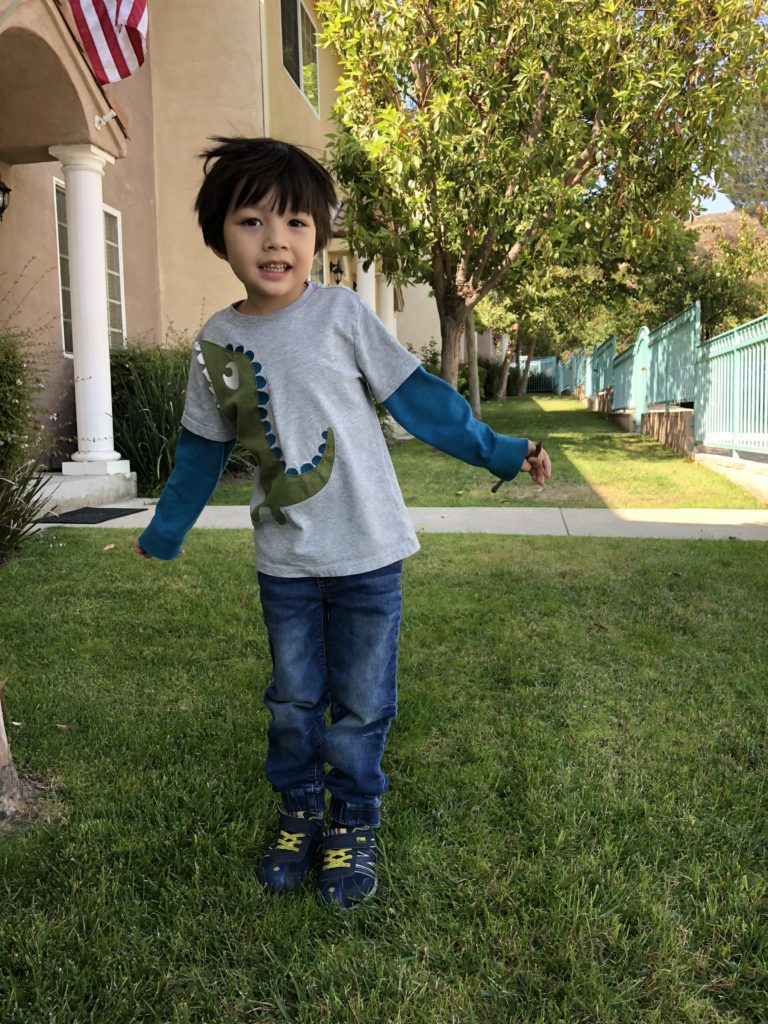
Situations where DOF control becomes a critical part of image making are: head shots for actors, models, business people, celebrities, or family portraits. Any photo that will be used for publication, advertising, promotion, or ANY publicly viewed image. For these types of images, it is critical that ALL the attention goes to the subject. Backgrounds should never be distracting or take away from the image. Cell phone cameras simply cannot, because of lens and chip size limitations, compete with pro equipment.
Too often corporate heads will say,”Well..Jimmy in the mailroom has a camera. He can shoot our product. That’s good enough!” Corporate heads are trying to save money, understandably, but even though I can make a killer quiche, I won’t call myself a chef. A good chef has the tools and the talent that I do not.
When to hire a professional photographer is up for debate but the question of results is obvious. Being able to control Depth of Focus will make better images, sell more product, look more professional, and guarantee better results.

